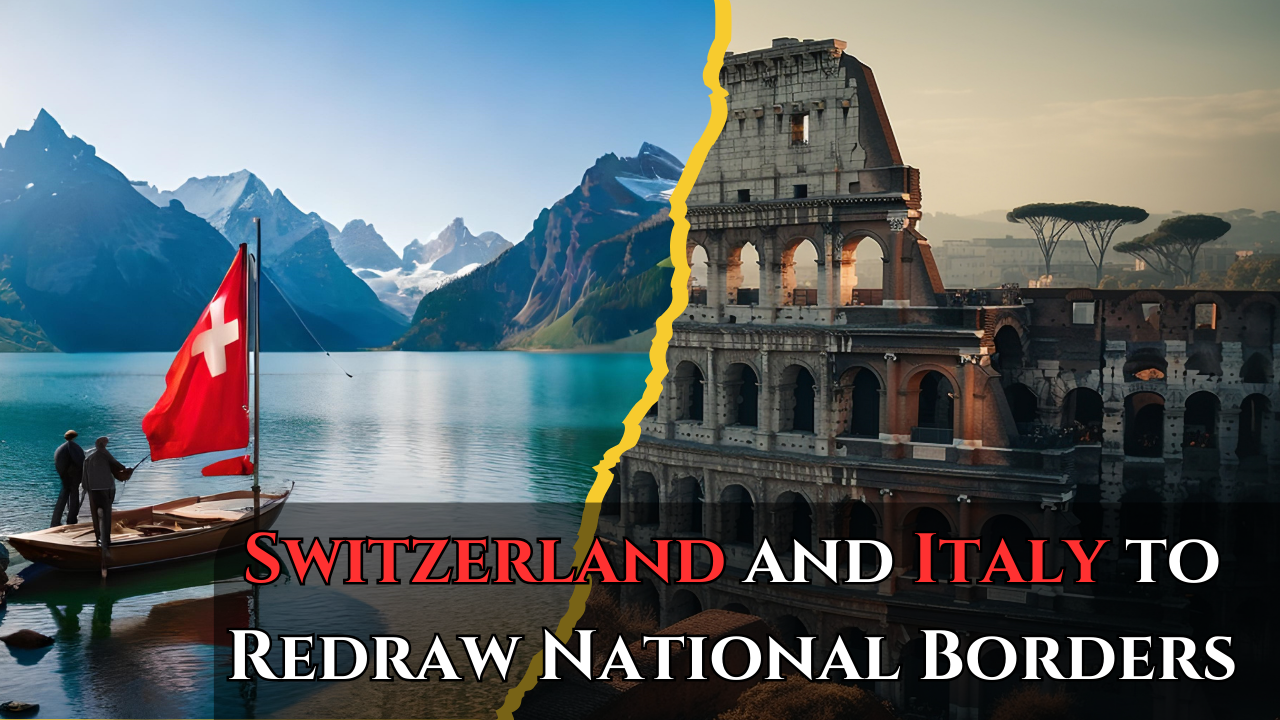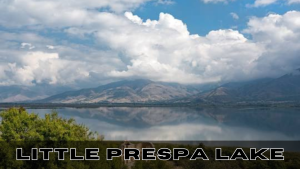Font size:
Print
Switzerland and Italy to Redraw National Borders
Context:
Switzerland and Italy have agreed to redraw a portion of their shared national border as melting Alpine glaciers, a direct consequence of anthropogenic climate change, shift the historically defined frontier.

| Alpine glaciers, also known as mountain glaciers or valley glaciers, are significant glacial formations that occur in mountainous regions. They are characterised by their formation in high-altitude areas and their movement downwards through valleys. |
More on News:
- In 2023, Italy and Switzerland formed a commission to assess the effects of climate change on glaciers and its impact on the border.
- This commission recommended the border changes in May of last year.
- On September 27, Switzerland officially signed the agreement, with Italy expected to follow suit soon.
A Significant Thaw
- A large section of the border between Italy and Switzerland is traditionally defined by the “watershed or ridge lines of glaciers, firn, or perpetual snow”.
- However, as global warming accelerates glacial melting, these ridge lines have begun to move, disrupting the previously established border.
- The new frontier is being redefined under the iconic Matterhorn, one of Europe’s tallest peaks and a popular destination for mountaineers.
- Both nations have agreed to adjust their border along landmarks like Plateau Rosa, the Carrel refuge, and Gobba di Rollin, where Switzerland’s Zermatt region meets Italy’s Aosta valley.
- The area, known for its ski resorts, is economically important to both countries.
Record Melting in Europe
- Europe is the fastest-warming continent, with climate change affecting its energy, food security, ecosystems, infrastructure, water resources, economic stability, and public health.
- The European Environment Agency warns that extreme heat, drought, wildfires, and flooding will worsen, even under optimistic warming scenarios, affecting living conditions across the continent.
- In August 2024, Swiss glaciers experienced the most extreme ice loss since records began, according to a report by the Swiss Commission for Cryosphere Observation.
A Himalayan Crisis
- The Hindu Kush Himalaya (HKH) region is also experiencing unprecedented glacier melt due to rising global temperatures, posing serious threats to water security, livelihoods, and ecosystems.
| The Hindu Kush Himalaya (HKH) region is a vast and complex mountain range that spans across several countries, including Afghanistan, Pakistan, India, Nepal, Bhutan, and China. It is known for its unique geography, rich biodiversity, and significant climatic influences. |
- According to the HI-WISE report, glacier mass loss in the HKH increased by around 65% in the 2010s compared to the previous decade.
- Projections suggest that even with global warming limited to 1.5°C, the HKH could lose up to 36% of its glacier volume by 2100, and with a 2°C rise, this could increase to 50%.
- This accelerated retreat heightens the risk of glacial lake outburst floods (GLOFs) and threatens vital water flows, especially in meltwater-dependent river basins like the Indus and Amu Darya.
- There is a need for topographic surveys in the HKH region, where ridgelines, often serving as international borders, are impacted by glacier retreat.
- Governments may need to prepare for potential border shifts similar to those in the Alps.
- The melting of glaciers due to climate change is forcing countries to reconsider their borders, highlighting the global impact of rising temperatures. Similar border challenges may arise in other regions, such as the Himalayas, necessitating proactive measures from governments.
Subscribe to our Youtube Channel for more Valuable Content – TheStudyias
Download the App to Subscribe to our Courses – Thestudyias
The Source’s Authority and Ownership of the Article is Claimed By THE STUDY IAS BY MANIKANT SINGH



